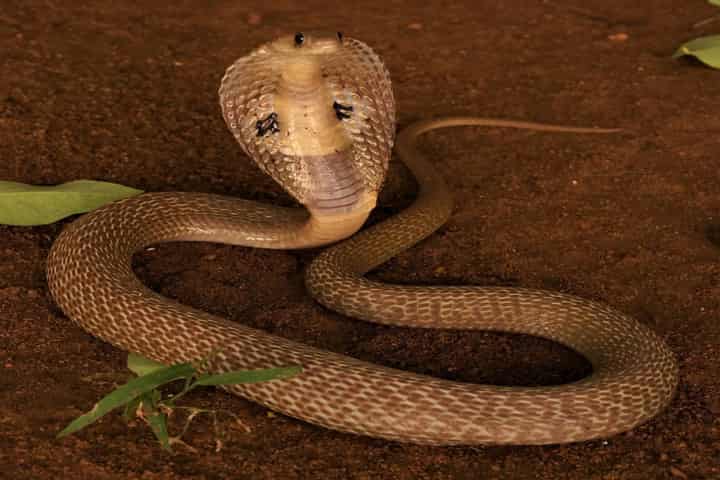With a view to help the first responders, that is health workers and doctors in cases of snake bites, the Indian Council of Medical Research will bring out a series of informative and educational materials. This literature will be available in Hindi, English and Odia and also in other languages where incidence of snake bite is high.
ICMR has prepared this material jointly with National Institute for Research in Reproductive and Child Health, Mumbai.
Illustrated with pictures, the booklet depicts the commonly found snake species, symptoms and signs of snakebite envenomation and outlines first aid and preventive measures for the same. It also lists how to identify poisonous and non-poisonous snakes, and their common hiding places.
The materials will be provided to medical officers in the community and public health centres; health workers, accredited social health activists and auxiliary nurse midwives to help them bridge the gap in their knowledge about snake bites and its treatment. Since most of them are unaware about the treatment of snake bites, the chances of death increase.
By providing this vital information to ASHA, ANM and other health workers, it will help these first responders who connect with the victims to identify snake bites early, provide effective first aid, and timely referrals to the nearest healthcare facility.
Talking to the media, Dr. Rahul K. Gajbhiye of ICMR-NIRRH said they expect that this material will help in high-burden areas across India and will prove effective in reducing deaths and disabilities associated with snakebites. He added that this initiative was part of the national snakebite implementation project and has medical officers’ flow charts for snakebite treatment.
These educational materials have been prepared in consultation with scientists, herpetologists, snakebite experts, doctors, physicians and community health experts.
The distribution of these materials will start from this month as snakebite cases have started rising after the monsoon.
In India, Odisha, Madhya Pradesh, Bihar, Uttar Pradesh, Rajasthan, Jharkhand, Telangana, Gujarat, and Andhra Pradesh accounted for about 70% of snakebite deaths from 2001 to 2014.
While 1.8 to 2.7 million people are affected by snakebite envenomation globally, there are 1,38,000 estimated deaths due to it in the world every year. In India an average of 58,000 deaths annually take place because of snake bites. This large number is because a vast population in the country is engaged in agricultural activities.
There are four venomous snake species in India that are responsible for causing the greatest number of snake bite cases in the country. They are collectively referred to as the Big Four and include the Russell’s viper, Common krait, Indian cobra, and Indian saw-scaled viper.














